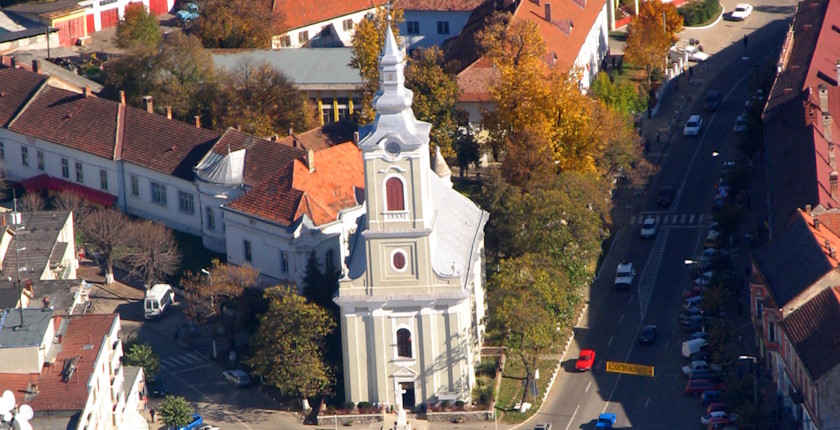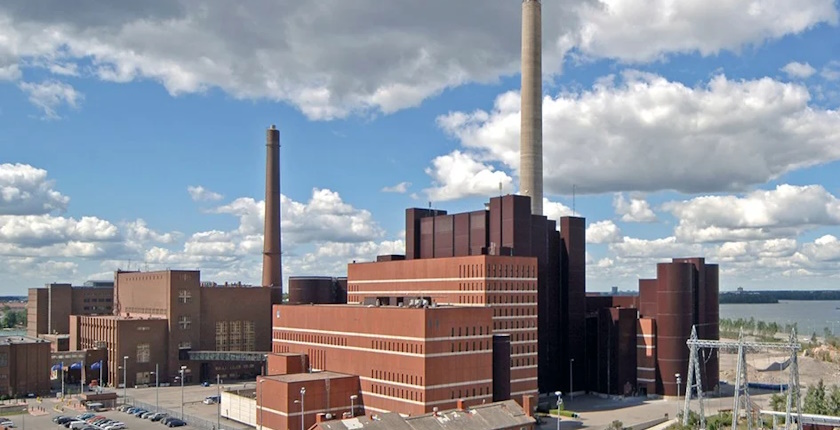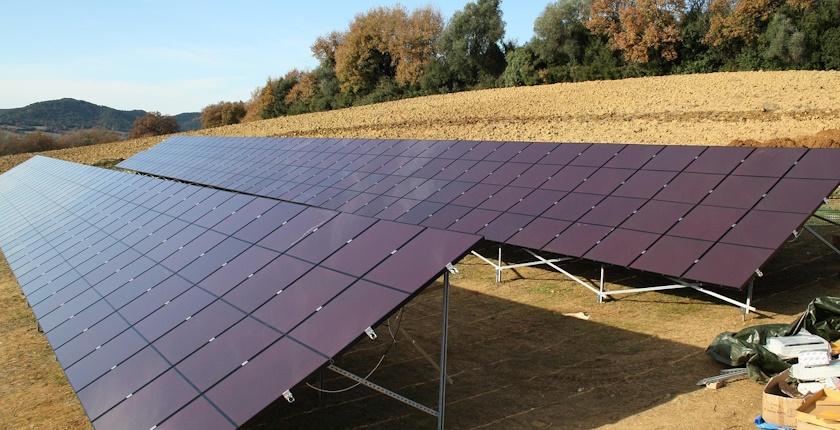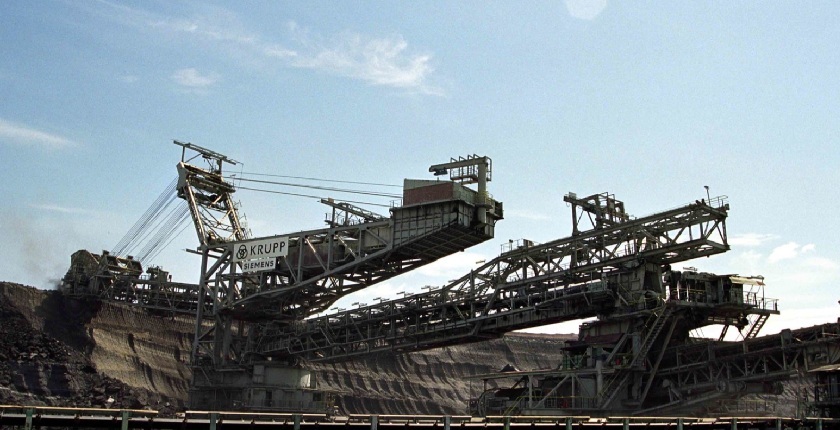
Energy efficiency: the jack of all trades of EU electrification
By Arianna Vitali, Secretary General at the Coalition for Energy Savings, EUSEW’s partner organisation, highlighting the importance of energy efficiency in EU electrification, including cost savings, better grid flexibility, and protecting consumers.
It is no secret that for the EU to reach climate neutrality, the progressive electrification of our energy system will be essential – and with it, a sound strategy to achieve it in a cost-effective manner. With an Electrification Action Plan on the books for the new European Commission, it is crucial to ensure that the potential of energy efficiency to enable, accelerate, and lower the costs of EU electrification is not overlooked, but rather fully leveraged.
Energy efficiency and electrification: a match made in heaven
Shifting away from fossil fuels and towards renewable energy sources will require accelerating the electrification of both energy production and end-uses. While we all agree that electrification boosts energy efficiency, it is important to remember that this relationship is a two-way street where energy efficiency also has something to offer to the EU electrification process.
Indeed, by reducing overall energy demand, energy efficiency can ease grid congestion, reduce the costs of electrifying the EU energy system, and stabilise the prices paid by consumers. In that vein, the European Commission recently stressed that combined action on electrification and energy efficiency can reduce the EU’s fossil fuel import bill by €32.5 billion every year by 2030 (representing 25% of the total savings that would result from implementing the Action Plan). With the top priorities for this mandate focusing on improving competitiveness and affordability, leveraging the joint potential of energy efficiency and electrification is more relevant than ever.
Flexibility is key
A resilient energy system starts with a flexible energy system. Beyond supporting the EU’s climate neutrality goal, reducing energy demand through demand-side measures eases stress on the grid, allows for more flexible consumption patterns, and ultimately ensures a more adaptable and resilient energy system. The evidence is there: by adopting ambitious demand-side measures (both efficiency and flexibility), peak demand can be reduced by up to 39% in 2030 compared to a scenario without such improvements. This, by extension, lowers the need for additional infrastructure, making the overall electrification process faster and more manageable.
Lowering costs, boosting affordability, and protecting citizens
Energy efficiency’s potential to reduce infrastructure costs, and therefore overall system costs, is significant. For instance, ambitious demand-side measures respectively lower total energy system costs and reduce annual investments in distribution grids by around €40 billion.
These saved costs, which will ultimately not be paid by businesses and citizens, contribute to energy affordability by keeping electricity prices in check, helping European industries decarbonise while improving their competitiveness.
Finally, energy efficiency measures would also cut energy costs for households, helping to protect the most vulnerable. With ambitious demand-side measures, households could save significantly on their annual energy bills. Annual average household energy spending could go down to €900 by 2030, a considerable drop from today’s average of €1,190. This proves particularly useful for heating and road transport, which are expected to increase fossil fuel prices.
Time to put energy efficiency first
The EU transition towards decarbonisation and electrification of the energy system will require careful planning and substantial investment. Luckily, the EU has a jack of all trades on hand. With its wide range of benefits, from reducing infrastructure needs and costs, increasing energy security, cutting energy bills, and supporting both businesses and vulnerable citizens, energy efficiency offers readily available solutions to many of the challenges ahead and must be prioritised.
As stressed in the Action Plan for Affordable Energy, the EU needs a ‘decarbonised energy system, driven by a substantial scale-up of clean energy and electrification, with energy efficiency at its centre’. Prioritising the implementation of energy efficiency solutions on the ground will be key to building an affordable, secure, and competitive energy system for the future.
This opinion editorial is produced in co-operation with the European Sustainable Energy Week 2025. See ec.europa.eu/eusew for more details.
Disclaimer: This article is a contribution from a partner. All rights reserved.
Neither the European Commission nor any person acting on behalf of the Commission is responsible for the use that might be made of the information in the article. The opinions expressed are those of the author(s) only and should not be considered as representative of the European Commission’s official position.





